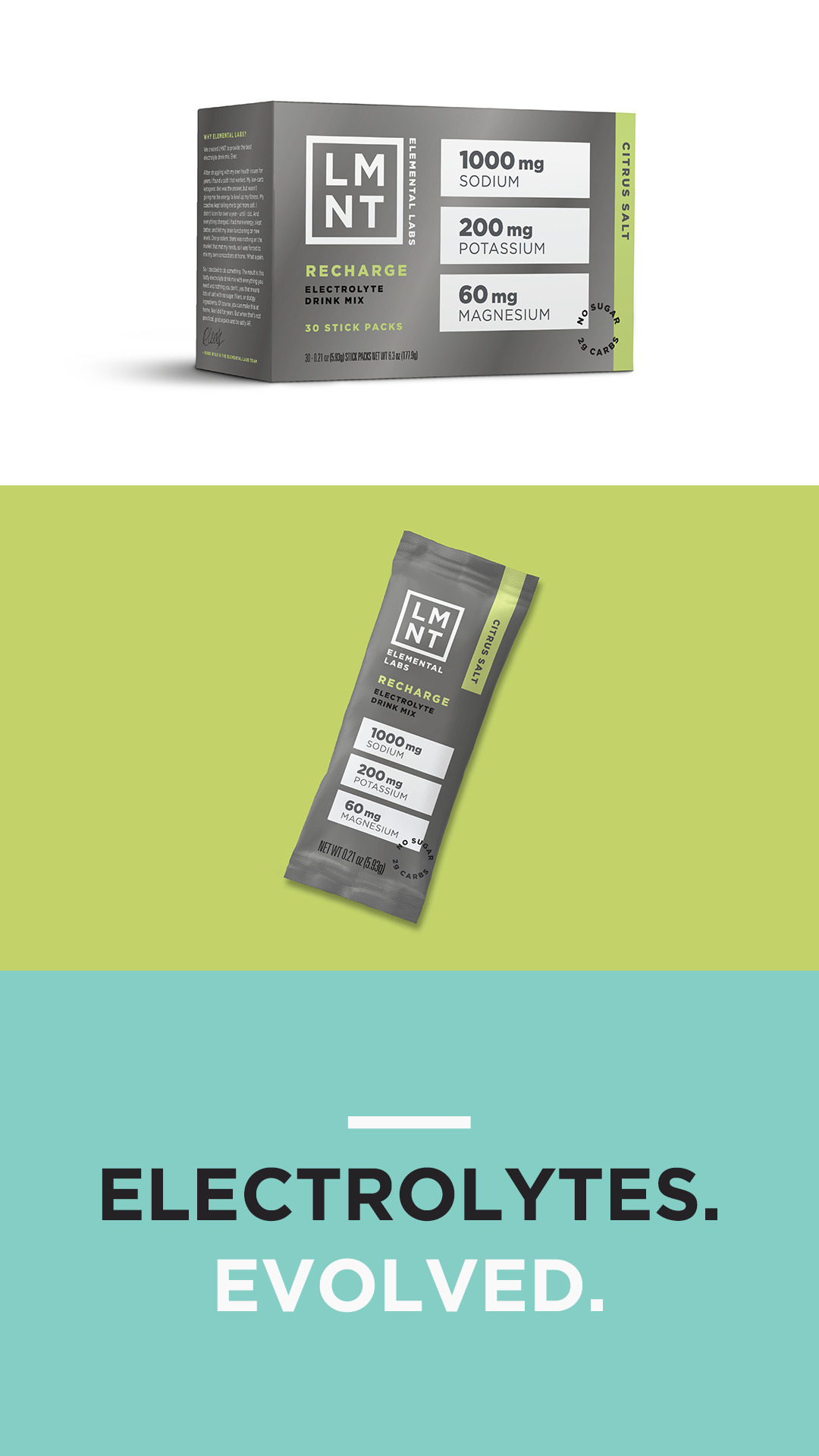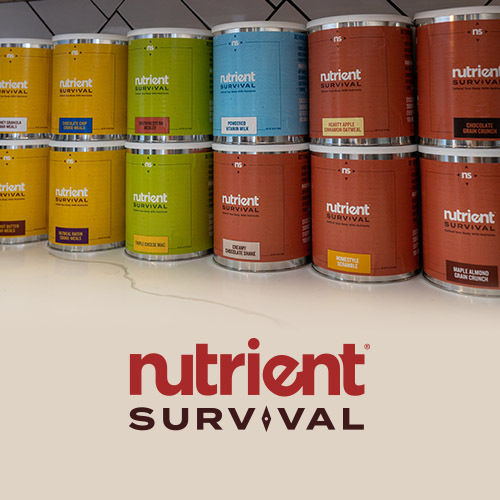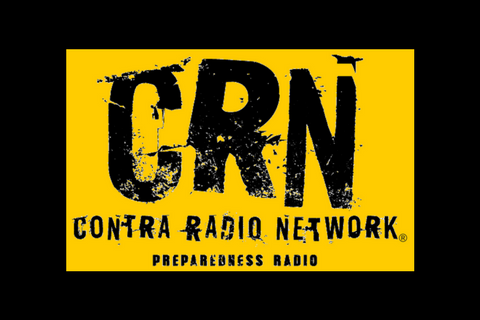Dutch Oven Cooking: Off-Grid Meals That Matter | Episode 431
Podcast: Play in new window | Download
Subscribe: RSS
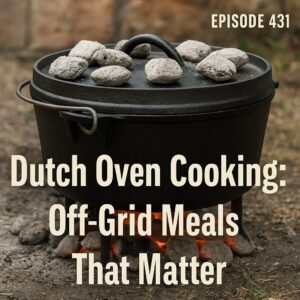
Dutch Oven Cooking: Off-Grid Meals That Matter | Episode 431
In Episode 431 of the Survival Punk Podcast, we’re cracking open the lid on one of the most versatile tools in off-grid cooking: the Dutch oven. Rugged, reliable, and ridiculously useful, this heavy chunk of cast iron can feed you like royalty long after the microwave is dead and gone.
Whether you’re cooking in the backyard, out in the woods, or in a grid-down world, mastering the Dutch oven means you can bake, roast, fry, and stew like it’s 1820 — and not miss a beat.
What Is a Dutch Oven (and Why It’s Different)
Not all Dutch ovens are created equal. The one you keep on your kitchen stove with the enamel coating? Great for soups and stews indoors. But when we talk survival cooking, we’re talking about outdoor-ready cast iron Dutch ovens — the kind with three short legs and a flanged lid designed to hold coals on top.
That lid is the game-changer. With heat from above and below, you’re not just boiling or frying — you’re baking, you’re slow-roasting, you’re making comfort food in the middle of a crisis.
Charcoal Selection and Managing the Heat
The type of charcoal you use matters. Natural lump charcoal burns hotter but faster; briquettes give you a more consistent, predictable burn — which is ideal for longer cooks. When it comes to Dutch oven cooking, consistency beats brute force.
The general rule is this: use twice as many coals as the oven’s diameter (so a 12″ oven gets 24 coals), with about two-thirds on the lid and the rest underneath. Want to bake? Add more heat on top. Need a simmer? Dial it back.
For longer cooks, you’ll need to add coals as you go. Keep a small side fire or a pile of hot coals ready to rotate in when the original ones start to fade.
Rotating for Even Cooking
One of the oldest tricks in Dutch oven cooking is turning the pot and the lid in opposite directions every 15 minutes. This helps prevent hot spots and ensures even cooking all the way around. Spin the pot a quarter turn clockwise, then spin the lid a quarter turn counterclockwise. It doesn’t seem like much, but it makes a difference when you’re baking biscuits or roasting meat.
What You Can Cook in a Dutch Oven
The real question is: what can’t you cook?
Bread: yes, you can bake off-grid sourdough or even cornbread.
Stews and chili: long simmers bring out deep flavor.
Casseroles and pot pies: top with a crust, add coals to the lid, and you’ve got dinner.
Roasted meats and whole chickens: juicy, fall-apart results every time.
Desserts: think cobblers, dump cakes, and baked apples.
If it fits, it cooks. The Dutch oven doesn’t care if the grid’s up or down — it just works.
Final Thought: This Is the Oven You Take With You
When the world stops spinning and all you’ve got is what you brought, a Dutch oven turns raw ingredients into morale-saving meals. It’s heavy, yes — but it earns every pound.
Listen to Episode 431 and get cooking like it’s the end of the world.
Links
Think this post was worth 20 cents? Consider joiningThe Survivalpunk Army and get access to exclusivecontent and discounts! |
Don’t forget to join in on the road to 1k! Help James Survivalpunk Beat Couch Potato Mike to 1k subscribers on Youtube
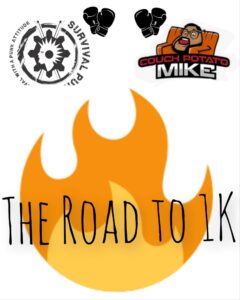
Want To help make sure there is a podcast Each and every week? Join us on Patreon
Subscribe to the Survival Punk Survival Podcast. The most electrifying podcast on survival entertainment.
Like this post? Consider signing up for my email list here > Subscribe
Join Our Exciting Facebook Group and get involved Survival Punk Punk’s


